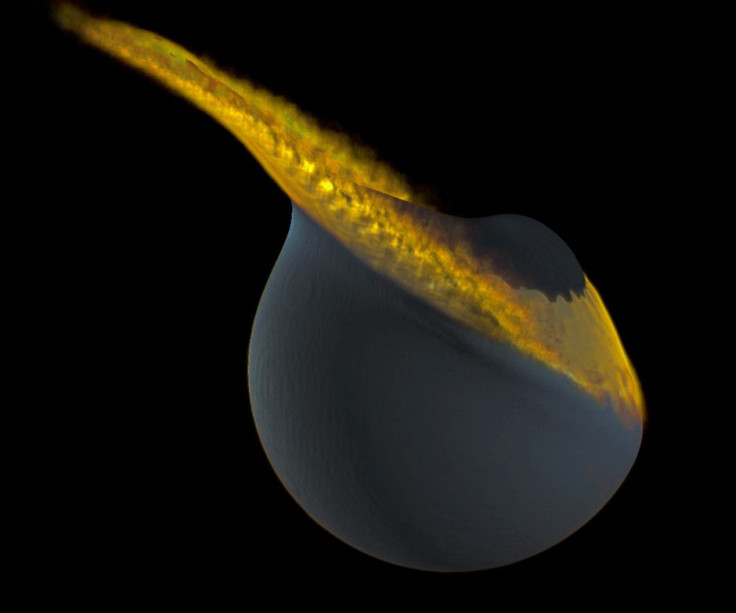Earth’ Second Moon Disintegrated in Collision With its “Sister”? [VIDEO]

A new theory suggests the Earth once had a small second moon that was destroyed in a slow motion collision with its "sister".
Researchers now say they believe the two moons were created at the same time and followed a similar path to the moon we now know.
The collisions they say took place after the two moons co-existed for millions of years.
Researchers suggest the collision may explain the mysterious mountains on the far side of our moon while they insist the fact the crash happened at a relatively low speed was essential in adding material to the rarely-seen lunar hemisphere.
Details of the study have been published in the journal Nature and researchers say they hope that data from the two NASA lunar missions will either help reinforce or challenge their theory within the next year.
Scientists hope the study will help them understand what triggered the appearance of the surface of the moon as the side visible from earth is flat and cratered while the rarely-seen far side is heavily cratered and has mountain ranges higher than 3,000m.
Previous theories thought to explain the moon's surface claimed but no definite result has ever unanimously been agreed upon.
Among them, the global-impact hypothesis suggests that the Earth was struck about four billion years ago by another planet approximately the size of Mars and that the debris from the collision eventually coalesced to form our Moon.
However new findings could suggest that another, smaller lunar body may have formed from the same material and become stuck in a gravitational tug of war between the Earth and the Moon, the BBC reports.
Dr Martin Jutzi from the University of Bern, Switzerland, is one of the authors of the paper explained that "When we look at the current theory there is no real reason why there was only one moon.
"And one outcome of our research is that the new theory goes very well with the global impact idea," he told the BBC.
After being "stuck" for millions of years, the smaller moon embarked on a collision course with its big sister, at the slow speed of three kilometres per second, according to the study.
"It was a rather gentle collision at around 2.4km per second; lower than the speed of sound - that's important because it means no huge shocks or melting was produced." The BBC reports him as saying..
The scientists argue that the impact would have led to the build-up of material on the lunar crust redistributing the underlying magma to the near side of the moon, an idea which they say is supported by the findings of NASA's Lunar Prospector spacecraft.
However according to Dr Jutzi ,the scientists would prefer to get their hands on samples from the far side of the Moon to prove their theory.
"Hopefully in future, a sample return or a manned mission would certainly help to say more about which theory is more probable."
© Copyright IBTimes 2025. All rights reserved.





















